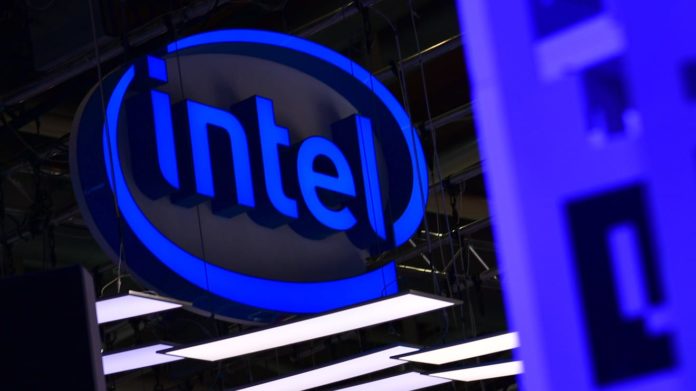With all the talk about AMD dominating the consumer CPU market with Ryzen, it’s often easy to overlook the fact that Intel is an absolute behemoth. AMD is (just barely) a billion-dollar company. Intel has a net worth that’s over 20 times greater than Team Red. Even if they were to completely concede the desktop CPU market to AMD, Intel’s bottom line wouldn’t really be affected that much. The reason for this is that their main cash cow is the enterprise server market where they maintain a commanding near-monopoly.
And today, with Intel posting what they described as “record earnings,” the sheer value of that market has been underlined.

CEO Bob Swan described it as the “best quarter in company history.” Team Blue didn’t just meet targets. They exceeded their quarterly goal by $1.2 billion. To put that into perspective, AMD’s revenue for the entire year is shy of $7 billion. Swan acknowledged, albeit obliquely that price pressure from the competition was one of the reasons for Team Blue ceding space in the desktop market. But their overall position is very tenable and high-value products have buoyed revenue. Swan also mentioned that the DG1, the first Intel Xe GPU was powered on for the first time ever. Get that, people: there’s a real, functioning beast of an Intel GPU running out there somewhere just waiting to tear into Turing and Navi.
We shouldn’t see Intel’s great quarter as bad news for AMD either. The most viable position for AMD long-term is to pick up segments on the margins of Intel’s balance sheet (like desktop processors

A major unknown here, though, is just how much of long-term impact AMD’s EPYC Rome and Milan server processors will have on Intel’s bottom line in the years to come. AMD captured 10 percent of the server market in just 2 years, going from zero. What would happen if there’s a large-scale shift in the enterprise segment? Or if Intel is forced to make massive price cuts, something it’s already started to do? No one knows at this point.
Further reading:


